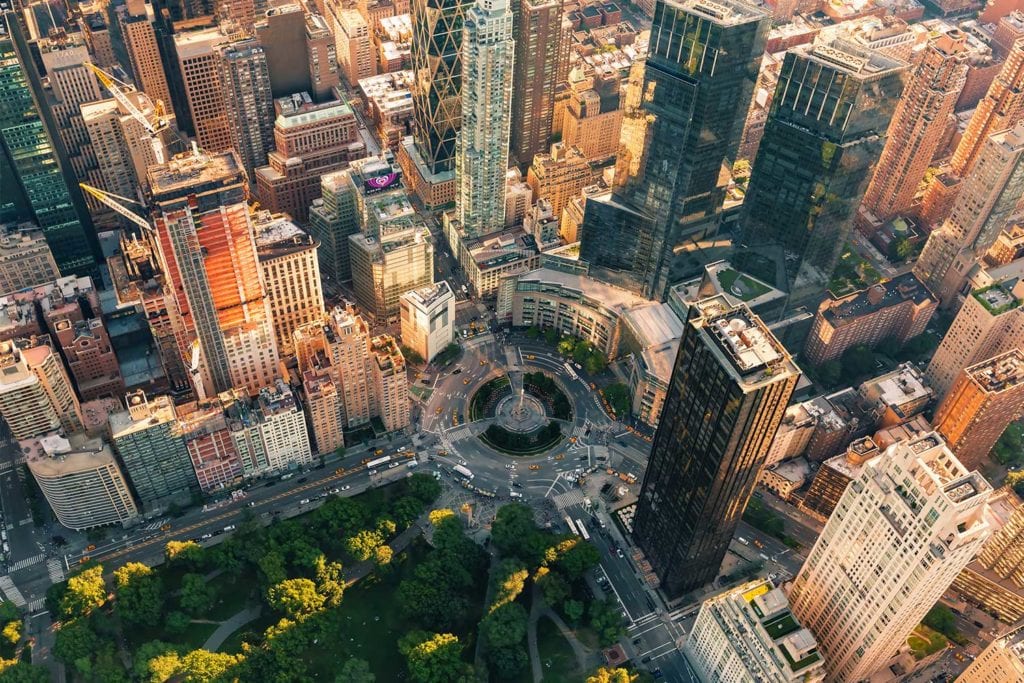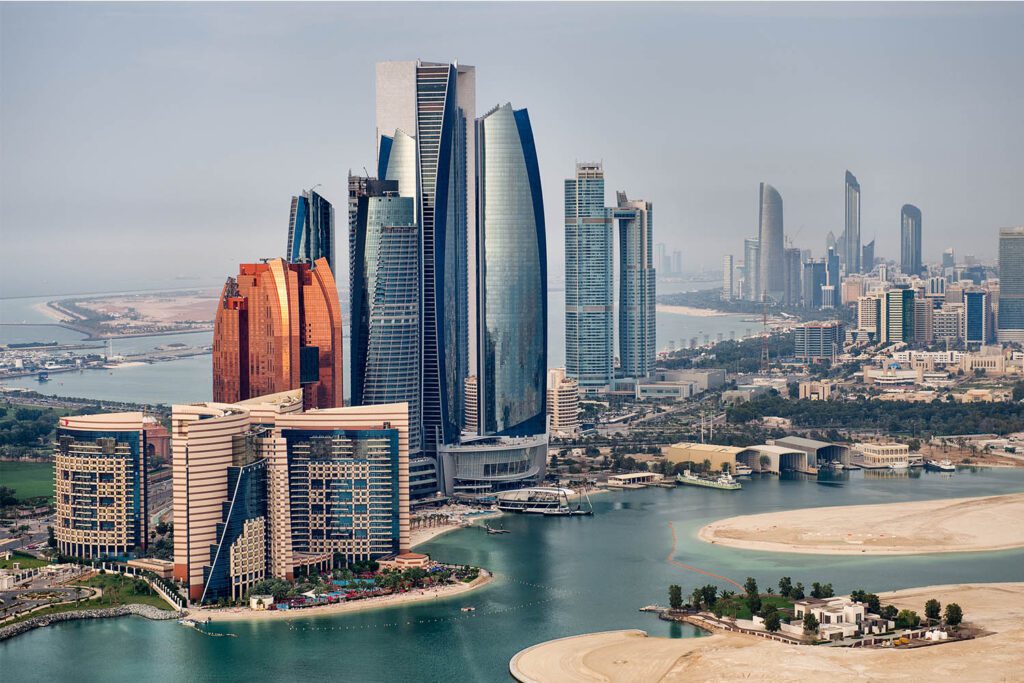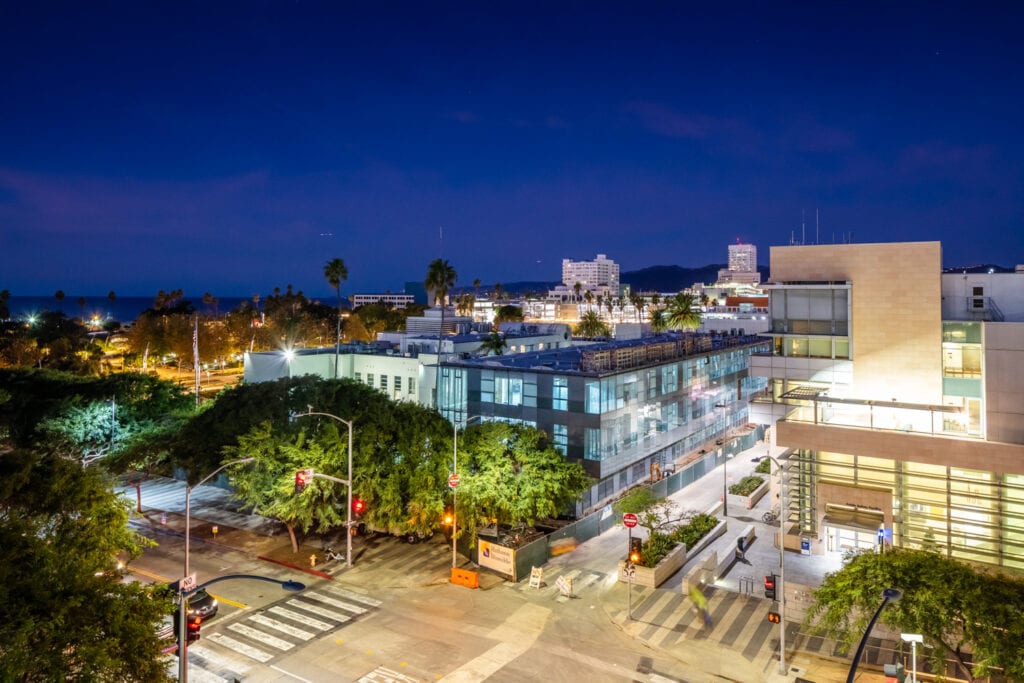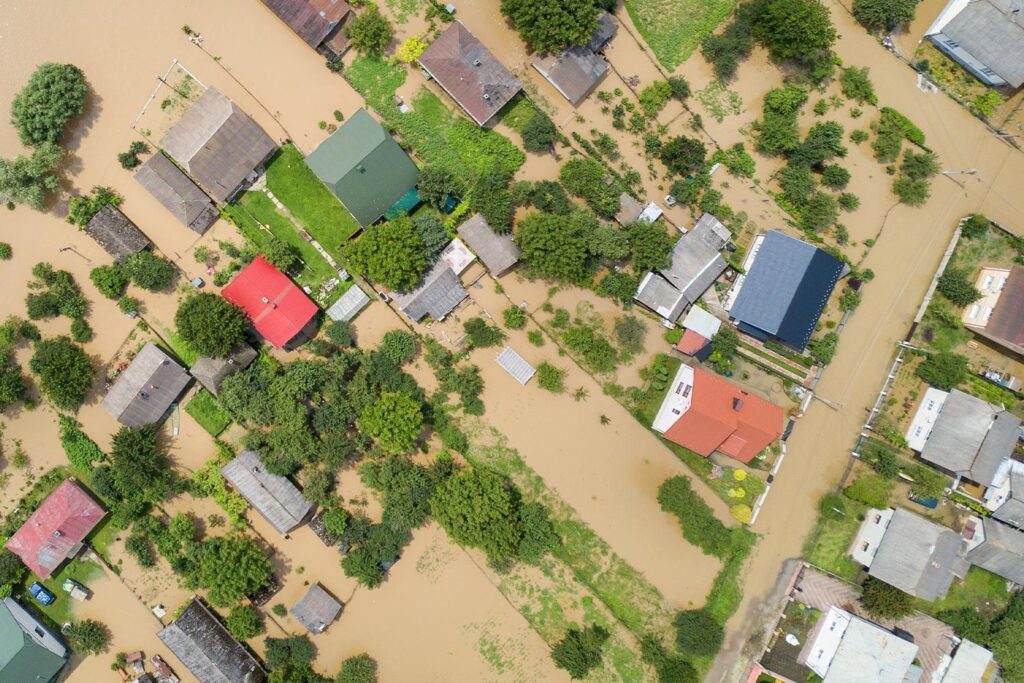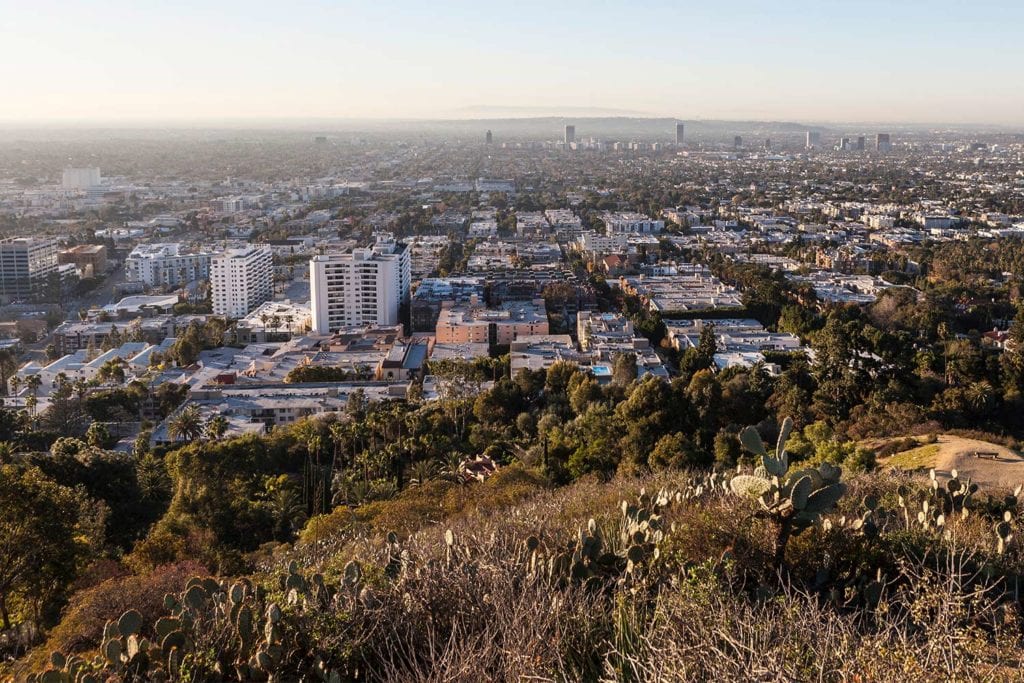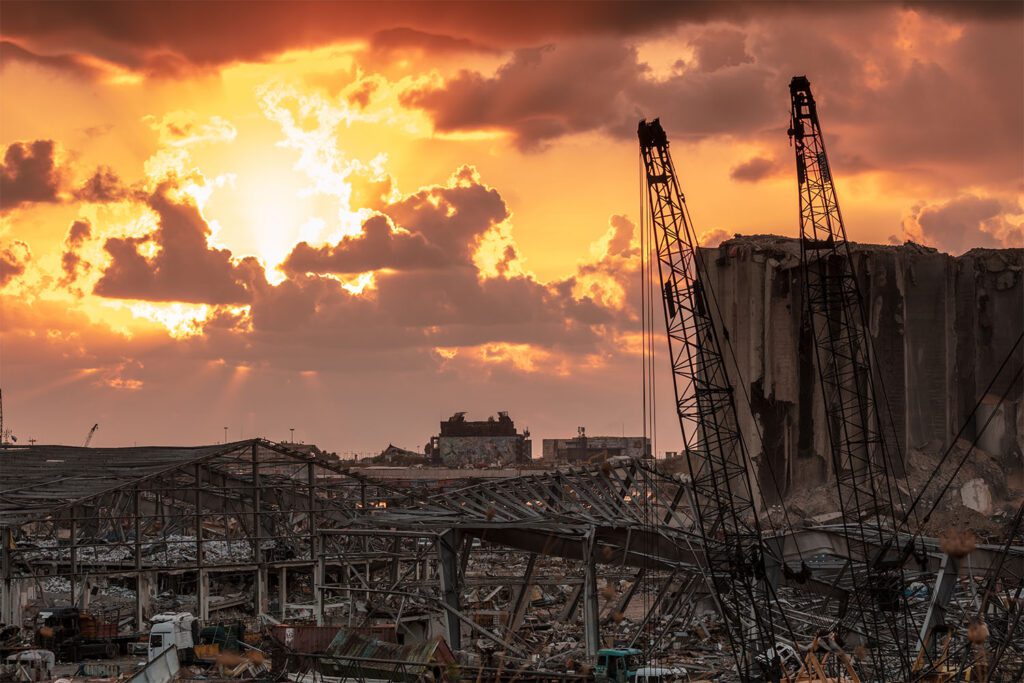Climate resilience and walkable communities in a warming world
It is impossible to ignore the impacts of the climate crisis. For cities and urban spaces to change and thrive, they must adapt and become resilient. What role can walkability play in improving the liveability of cities in the face of a climate emergency?
The climate crisis and its impact
One need not look far to see the impact on the climate crisis on the world around us. ‘Environmental, economic and social impacts’ may sound dry and academic, but they can be seen in reality through alarming events that can endanger human life and infrastructure. Environmentally, we regularly see alarming stories on our screens of extreme and dangerous weather incidents. In the summer of 2023 alone, wildfires ravaged southern Europe and north America, and flooding damaged south-eastern United States. The Australian wildfires in late 2019 and early 2020 destroyed buildings and killed people and animals.
These events have increased in severity and intensity over recent years and there is an international consensus that climate change has contributed. Those who are the most vulnerable are nearly always those who have the least agency in protecting themselves from the impact of the climate emergency.
Focusing in on cities and the experience of living within them during a time of climate emergency reveals some alarming trends. Primary among them are the urban heat island effect and poor air quality. Cities are key contributors to global emissions and are increasingly feeling the impacts, especially when it comes to the effects high temperatures and flooding can have on infrastructure and communities.
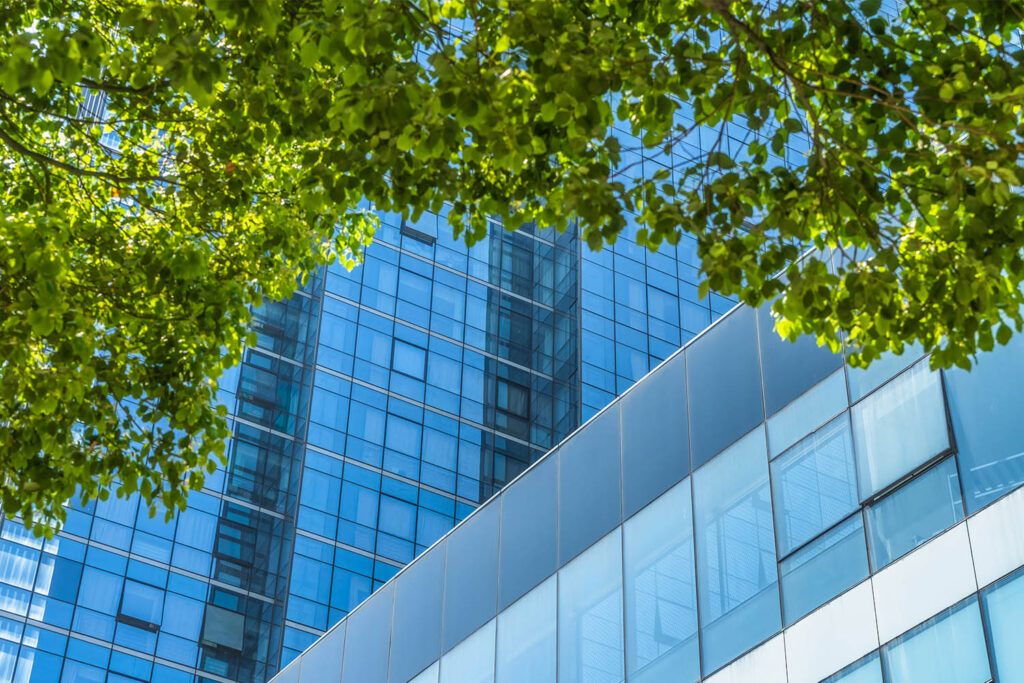
What is climate resilience?
Being resilient in the face of the impact of the climate emergency is not just a buzzword, but about practical solutions to dealing with the reality of a changing climate. Fundamentally, climate resilience is about preparing infrastructure, buildings and natural environments for the impact of climate change.
The built and natural environments are increasingly exposed to a wide range of threats and changes. We operate under the impact of multiple, simultaneous climate-based crises. How we respond to that, and how we can improve the health and wellbeing of people, places and the planet in doing so, is critical. The impact of the climate emergency on how we live in cities in undeniable. How, then, can we adapt our behaviours and assets to create the most happy and healthy communities possible?
Liveability and walkability in cities
Improved liveability within cities, in the face of the climate crisis, is receiving increased levels of attention. Key within this is the idea of ‘walkability’. When we refer to walkability, this is the idea of rich environments where people can walk, cycle, play and live, in a safe way.
Daniel Knott is associate director within Buro Happold’s building physics team. He said, “Globally, increased temperatures will lead to an increased urban heat island effect – so peaks of temperatures and heat waves will be more keenly felt in cities. Potential walkability and general thermal comfort is going to become more and more important.
“Walkability as a concept was originally a transport and mobility term, but from a physiological human-centric perspective it is about comfort and the ability to walk distances with no heat stress. Walking or cycling means less reliance on private cars, which results in a reduction in emissions, pollution and heat gains associated with cars and roads.
“If there is less heat to trap, then there is less of an urban heat island effect. 15-minute cities, or other concepts of connected cities, are about urban spaces where people can easily walk everywhere. Work, shops, other amenities – being able to walk everywhere has many health and societal benefits. A key idea is that of dwelling time; if people are comfortable in an outdoor space, then they are likely to spend more time there and spend more money there. That is something key to get across to clients: increased comfort and walkability can drive more footfall and associated income.”
In a walkable city, appropriate footpaths and walkways are complemented by pedestrian crossings and seats/benches and suitable lighting. Walkability can be considered alongside micromobility; in both cases, reliance on private transport is reduced.
Walking or cycling means less reliance on private cars, which results in a reduction in emissions, pollution and heat gains associated with cars and roads
Daniel Knott, associate director, sustainability & physics
Hugo Pires Meireles is an associate director in Buro Happold’s cities transport team. He said, “There is a social value inherent in a shift to non-car modes of living; we know there are many health and mental health benefits, but there are also social benefits.
“Active mobility and walkable spaces promote community strengthening and brings people together. For us to combat all sorts of issues, such as isolation, unequitable access, pollution and even energy provision, we need a more carbon neutral model of moving around cities. Everything is moving in the direction of a more walkable and human-centric experience.“
Thermal comfort constraint
Walkability is generally considered as the ability to safely walk to amenities within a reasonable distance. It is about how connected key places are, and if the appropriate infrastructure is in place to make walking the easy and obvious choice. Designing and creating connected cities that do not rely on private cars (consider ‘15-minute cities’) is a concept that is increasingly in the spotlight.
However, a key consideration – that is growing is importance – is the idea of comfort. External environmental comfort is central in making outdoor spaces more attractive and, critically, usable. To what degree is walking a comfort constrained activity, and what can be done to alleviate discomfort? In the past, constraints on ability to form walkable communities could be layouts of cities and huge buildings in a pedestrian’s way. Now there is a new constraint; even if there are pathways in place, if the temperature is extremely high, how realistic is walkability?
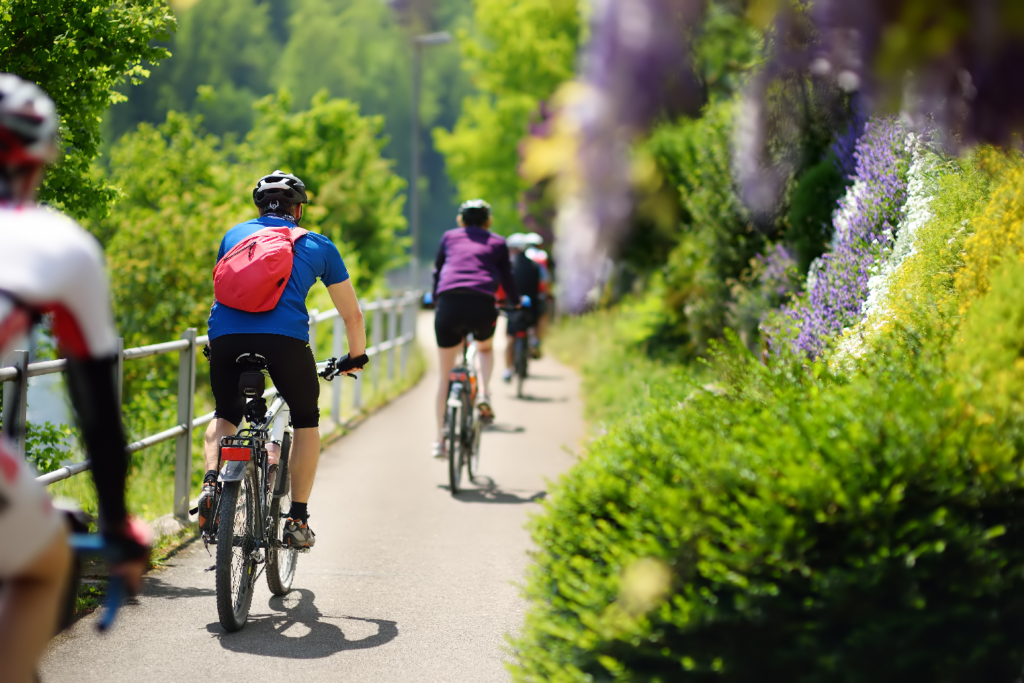
With a background in buildings physics and facade optimisation, Daniel Knott’s current focus is on city masterplanning and how to analyse outdoor spaces. A primary aspect of this is individual thermal comfort. He said, “My work increasingly looks at the comfort of people as they are walking around a city. How does the aspect of comfort affect the design of buildings and of masterplans?
“The concept of walkability becomes less viable in situations where you can only walk somewhere for five minutes because it is so hot. We are now considering the constraints – in particular, thermal comfort – and what can be done to ameliorate the challenges.
“We have developed a process, using methodology from academia, to assess dynamic comfort of individuals as they walk. It has been enlightening to see how in a situation with no thermal comfort mitigation – no shade, no passive cooling – someone could easily walk for 15 minutes in January, but as soon as we get into summer, that isn’t possible. The ability to easily walk reduces.”
Mitigation against thermal discomfort
A critical mitigation is the provision of shade. Materials that reflect solar radiation or low emissivity materials can be chosen, and the planting of trees and other greenery is vital. Daniel said, “Comfort mitigation, through things like greenery, trees and shade, can make walkability more viable. This is about creating comfortable pathways, cool spots and connected spaces.”
‘Cool spots’ are respite areas with increased shading and perhaps passive, evaporative cooling to reduce ambient temperatures. They can be opportunities for pedestrians to recharge and rest if required.
I am increasingly considering dual strategies, where we can optimise some areas for day and some for night.
Daniel Knott, associate director, sustainability & physics
Daniel added, “As well as seasonal and location differences in walkability viability, time of the day is also relevant when we are thinking about mitigations. For example, if it is hot during the day because there is not enough shading, it will cool down quickly at night. I am increasingly considering dual strategies, where we can optimise some areas for day and some for night.
“I think it is becoming something clients are interested in. Do these considerations change the way we do things? Should we move away from high density city design because that traps more heat? Do we separate walking routes away from roads and make them total green spaces, to increase walkability? These are questions we must consider as we design and develop urban spaces in a context of the need for climate resilience.”
Learn more about Buro Happold’s climate change adaptation and resilience service here.
